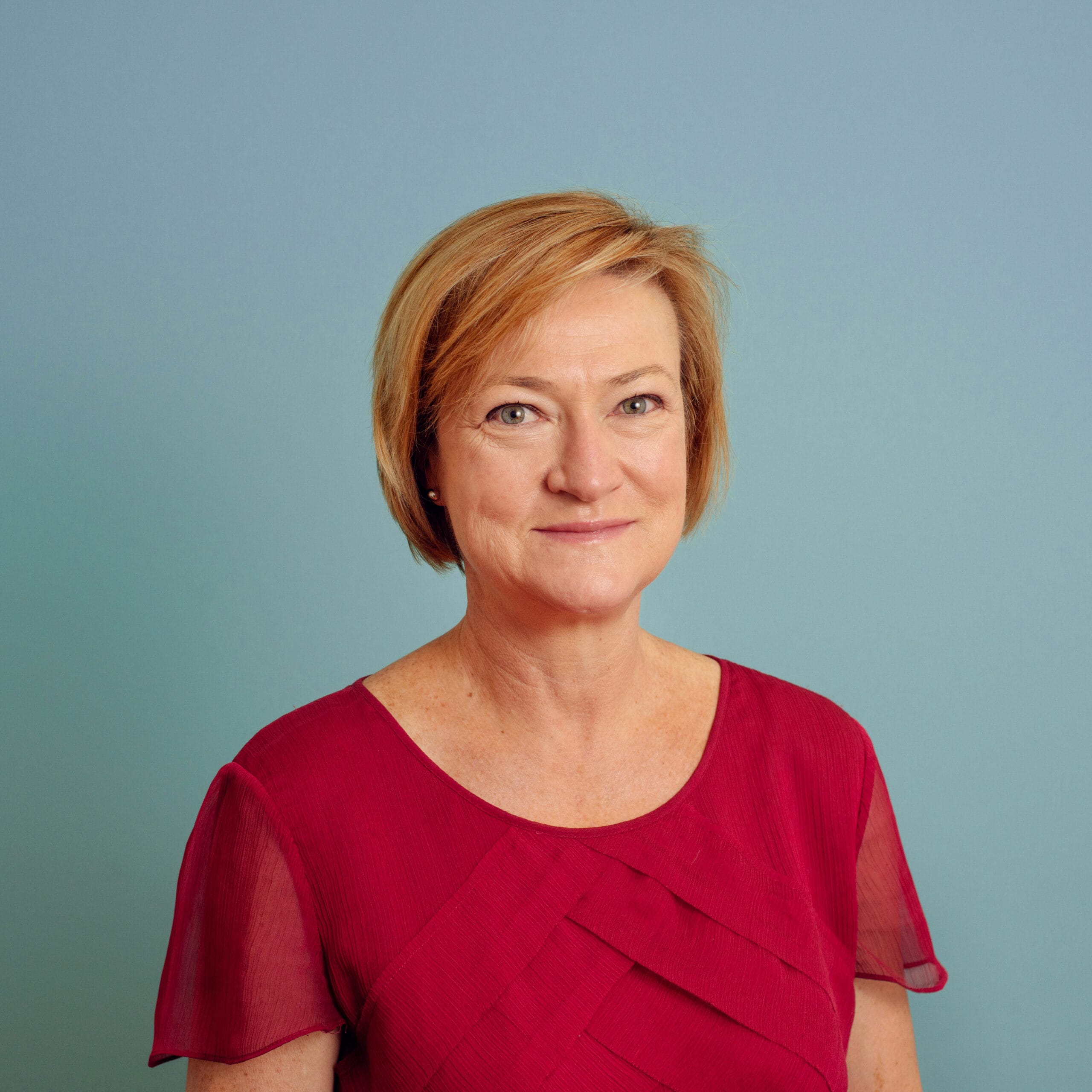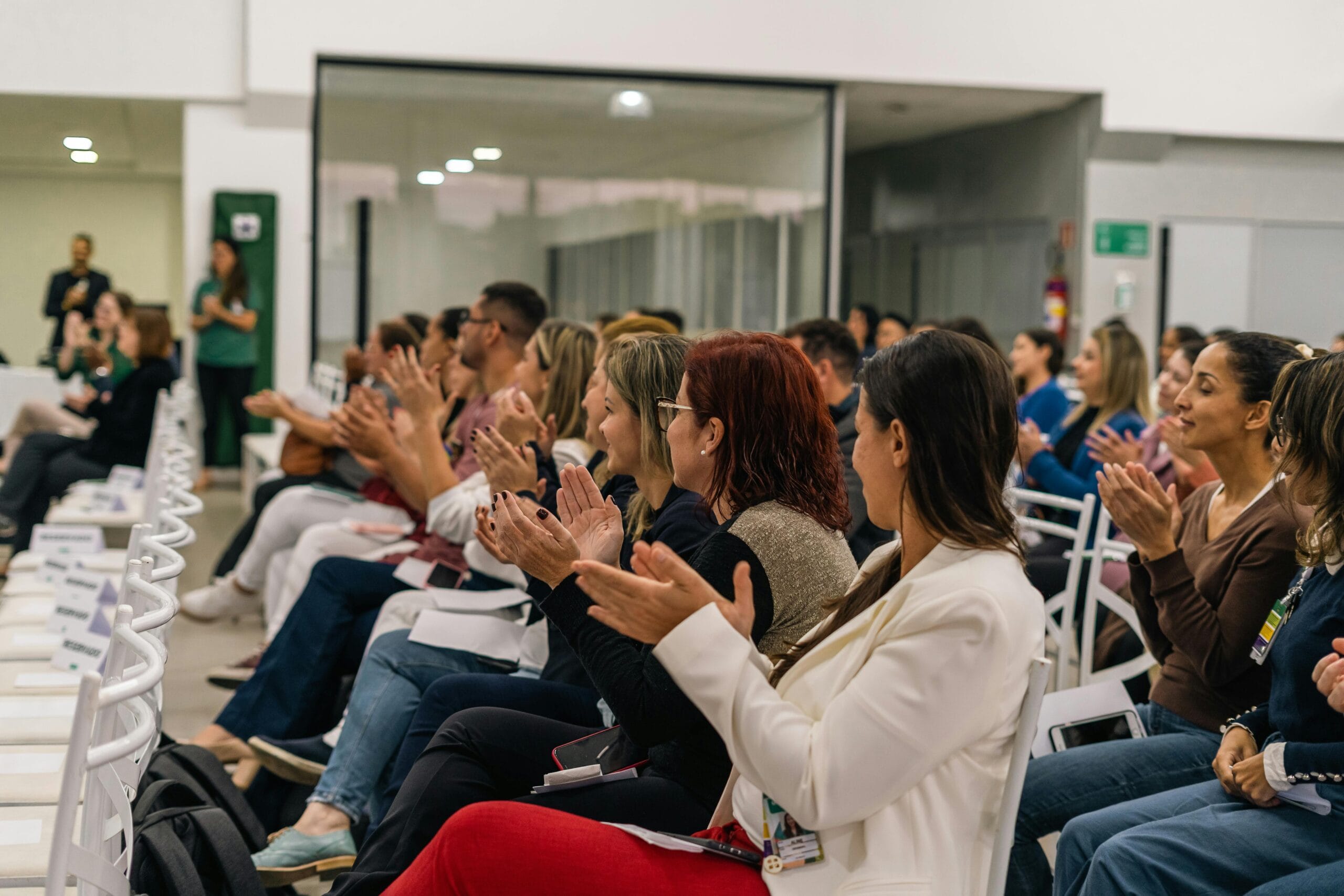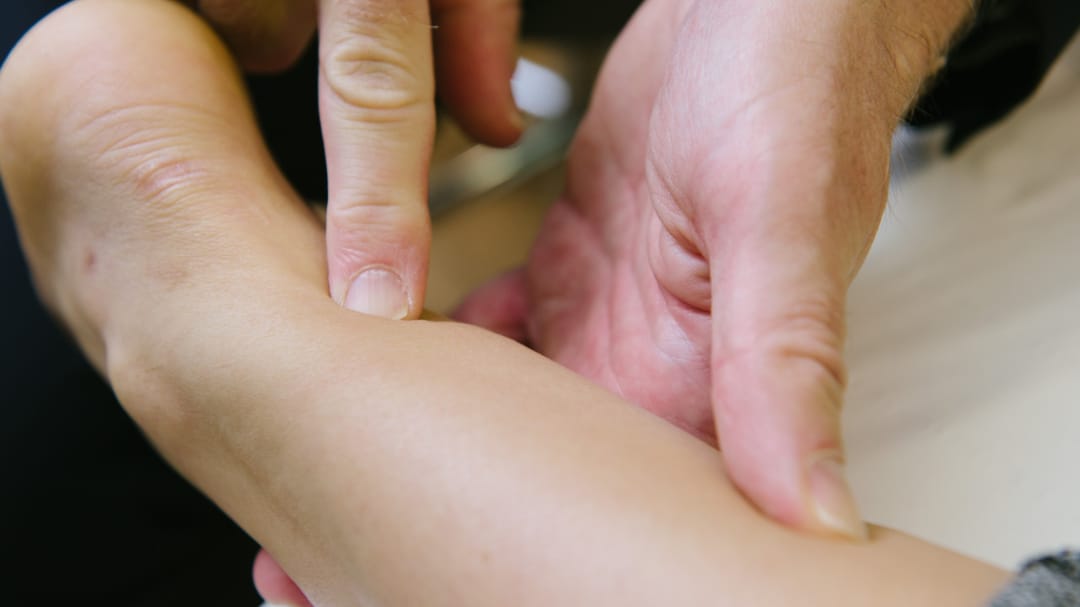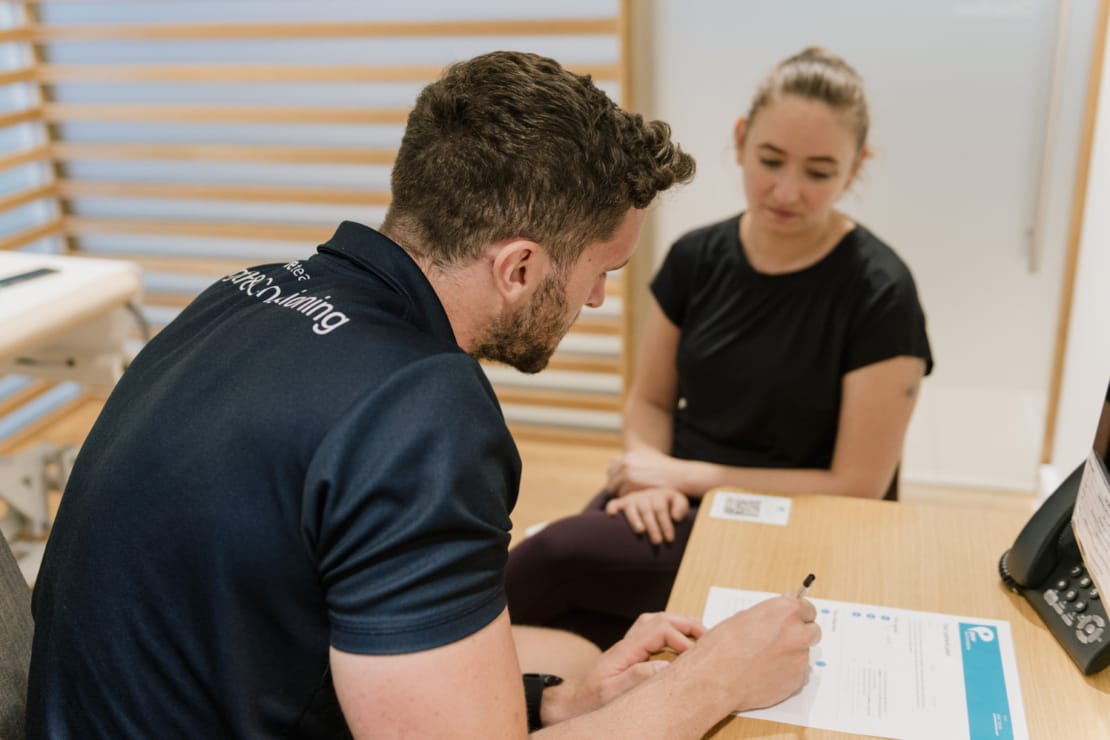Key Insights from the Danish Sports Medicine Congress

Claire Small
Chief Clinical Officer & Consultant Physiotherapist
- 21 September, 2018
- knee pain
- Podiatry
- 2 min read
Recently, some of our team attended the Annual Danish Sports Medicine Congress, held in Copenhagen from 2nd – 4th February 2017. Below, one of our Sports Physicians Dr. Lorenzo Masci (@lorenzo_masci) shares his key moments from what was an excellent conference.

Pure’s Heads of Research, Brad Neal (@Brad_Neal_07) and Simon Lack (@simonthephysio) gave an eloquent talk on anterior knee pain alongside Dr. Michael Rathleff from Aalborg University. One key point was that hip adduction appears to be a risk factor for running related knee pain and that running retraining may be important to some. Their presentation also included some of the prevalence data that we collect at Pure; we see more knees than any other body part!
If you have a spare 80 minutes, you can watch their entire presentation here, alongside all of the other key talks from the Congress.
There was lots of discussion about ACL reconstruction and rehab, reinforcing my view that ACL reconstruction is not the panacea for all: the chance of getting back to completive sport is only 55% (that’s not a typo!) and risk of re-injury in young athletes is 25%! The take home being that while surgery is an important component of successful return, rehabilitation is equally as important.
Jane Fitzpatrick presented a methodically robust, double blind randomised controlled trial of PRP versus corticosteroid for rehab resistant trochanteric tendinopathy – a very good study showing PRP was superior to cortisone. Key take home: we need more evidence for PRP but this study helps support its use. Jane has seen over 5000 Glut Med cases!
This fascinating study showed that 45% of plantar fasciopathy patients are still symptomatic after 10 years! BUT, there were some limitations including most having had a cortisone injection! The key for me is that we might need to rethink our natural history of plantar fasciopathy – some patients do not get better.
Now this slide (above right) is important: changes to the various outcome measures following hip arthroscopy – note that most do not get back to levels achieved by normal controls. Although symptoms might improve with hip arthroscopy, most do not seem to get back to ‘normal’ in terms of function (unlike say meniscal tears). We need to set our patients’ expectations low when referring for hip arthroscopy – I’m not sure that all involved necessarily do this very well. Also, surgery DOES NOT prevent progression to OA according to present evidence, unlike what is said by some.
Jean-Francois Esculier (@jfesculier) presented his fantastic RCT on PFP in young runners randomised into education, education plus exercise and education plus gait retraining: there no difference between groups at 8 week follow up. It seems that for some, education is of upmost importance and I doubt this exists just for patients with PFP.
Finally, don’t expect to go to Denmark and get any sleep, these guys know how to party! Note that the band is dressed in tennis gear. And expect to be served a three-course meal at 2am to keep you going until the sun comes up. Hard work when you have to present the next day!

Advice
Over the last 20+ years our experts have helped more than 100,000 patients, but we don’t stop there. We also like to share our knowledge and insight to help people lead healthier lives, and here you will find our extensive library of advice on a variety of topics to help you do the same.
OUR ADVICE HUBS See all Advice Hubs

